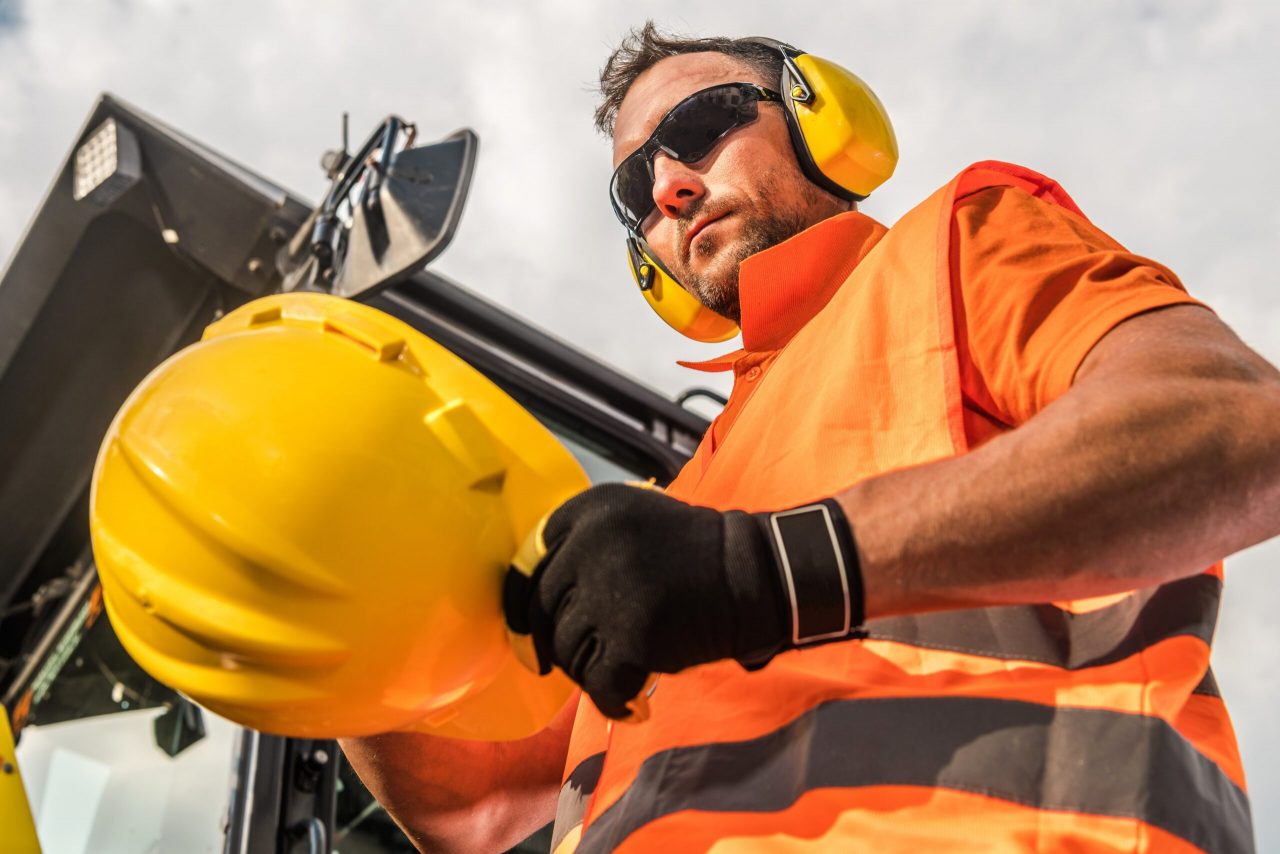The Importance of Hearing Protection Devices

The Importance of Hearing Protection Devices
Your ears are very sensitive. Prolonged exposure to loud noise can lead to permanent hearing damage and even cause you to go deaf. The Occupational Safety and Health Administration (OSHA) recommends that workers use hearing protection should noise levels reach or exceed 85 decibels across an eight-hour workday.
Should noise exceed 90 decibels, hearing protection is required. Keep reading to learn more about hearing protection devices.
Noise Reduction Rating
All hearing protection devices have a noise reduction rating (NRR) listed on their respective packaging. The NRR refers to how many decibels by which an environment’s noise levels will be reduced. For example, in an environment of 90 decibels, a hearing protection device with an NRR would reduce the noise levels to 57.
But, research suggests that NRRs tend to overestimate the effectiveness of devices. It is therefore suggested that devices undergo a “derating” process. Derating refers to the assumption that devices will generally not perform perfectly to their NRR due to them not fitting everyone perfectly.
One method by which a device can be derated is to subtract seven from its NRR and divide the result in half. For example, an NNR of 33 would result in a derated rating of 13. In the previous example, the device in question would actually only reduce noise levels from 90 to 77, not 57.
According to industry experts, earmuffs are generally most accurate when it comes to NRR, while earplugs might have their ratings derated by as much as 70%. Of course, different types of hearing protection have their own advantages and disadvantages.
Earplugs
Earplugs can be made from expandable foam or pre-molded using silicone, plastic or rubber. They provide blockage inside the ear canal.
Advantages:
Typically provide a high noise reduction rating (NRR)
Affordable
Compatible with other forms of personal protective equipment (PPE) such as hard hats, glasses and goggles
Small, light and easily transported
More comfortable in hot, humid or confined work areas
Disadvantages:
Easily misplaced
Require good hygiene practices
May be inserted incorrectly, resulting in inadequate protection
May irritate the ear canal
When an earplug is inserted correctly, the sound of your own voice should be muffled.
Earmuffs
While earplugs are inserted inside the ear canal, earmuffs provide protection by covering the canal and sometimes the entire ear.
Advantages:
Typically provide a high NRR
Fast and simple to put on and take off
One size fits most employees
Easy for others to see that you are using them at a distance
Not easily misplaced
Disadvantages:
Less portable, heavier
Sometimes incompatible with other PPE; however, there are special earmuffs that easily mount to hard hats
Can be uncomfortable or inconvenient in hot, humid or confined work areas
Canal Caps
Canal caps are somewhat of a hybrid between earplugs and earmuffs. They look similar to earplugs, but instead of being actually inserted into the ear canal, they form a lid over the entrance to the canal and are often connected by a band that can be worn around the head, around the neck or below the chin.
Advantages:
Fast and simple to put on and take off
One size fits most employees
Light and easily transported
Disadvantages:
Typically have a lower NRR than earplugs and earmuffs
Band may be uncomfortable or inconvenient for employees
More expensive than ear plugs
While there are some differences between different kinds of hearing protection equipment, their overall purpose remains the same: the safety of employees.
When using hearing protection, be sure that you are using it properly in order to make sure that it is as effective as possible. At times, it may be necessary to use two types of protection, such as both plugs and muffs, simultaneously.
If you have questions or concerns about hearing protection devices, reach out to your supervisor.
For more jobsite safety tips contact INSURICA today.
This is not intended to be exhaustive nor should any discussion or opinions be construed as legal advice. Readers should contact legal counsel or an insurance professional for appropriate advice. © 2022 Zywave, Inc. All rights reserved.




